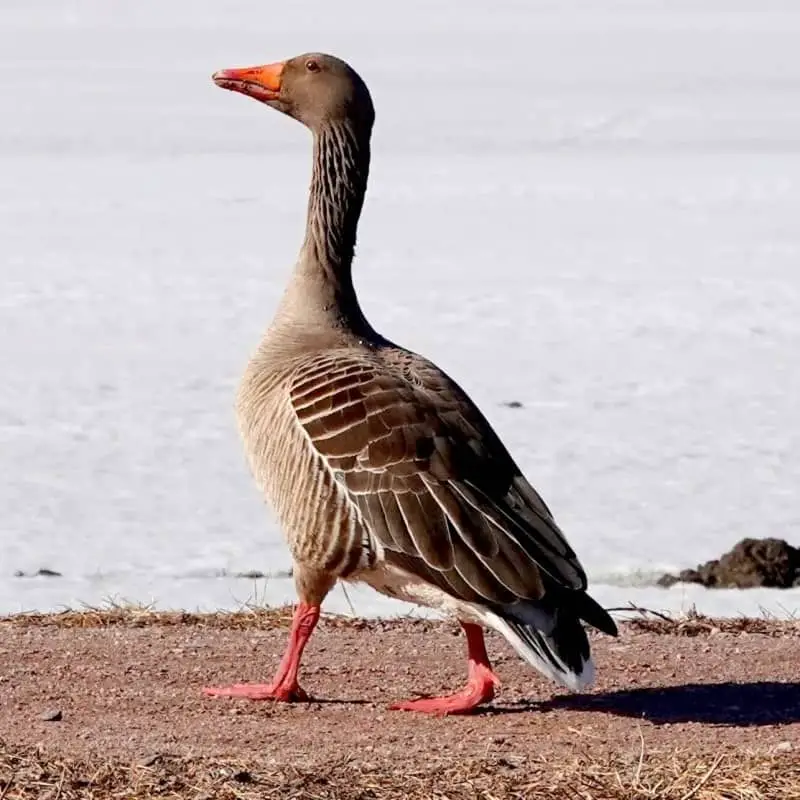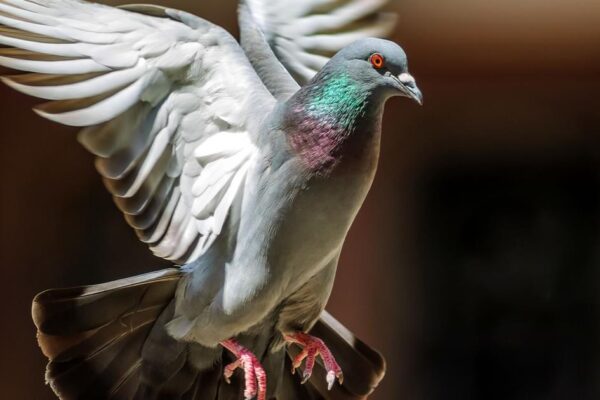Owls have long been associated with symbolism in civilizations all across the globe, serving as everything from messengers of doom to providers of wealth and knowledge. In the present period, we are nevertheless fascinated by these enigmatic birds, even if there is a general trend away from superstition.
It’s interesting to note that, despite their diverse and perhaps conflicting roles in the supernatural, owls have numerous symbolic connections to civilizations all across the world. Sadly, because of the owl’s legendary status in many cultures and traditions, they are still persecuted—often not intentionally, but rather to get their feathers and body parts for use in ceremonies and medicinal practices.
Do you want to know more about the symbolic meaning of owls? Follow us as we explore the historical and contemporary metaphorical meanings of these stunning birds.
Owls in Legend and Mythology
Owls have a significant role in the mythology of many different civilizations worldwide. Let’s examine a few noteworthy instances.
Owls in Classical Greece
A Little Owl is connected to Athena, the goddess of wisdom, in Greek mythology. The bird is said to symbolize her intelligence and wisdom, and it may either accompany or represent her. The generic term Athene is currently used to refer to the Little Owl and other species in its genus.
Owls in Classical Rome
Similar to the Owl, Minerva was the Roman goddess of battle, law, the arts, and professions. She was often seen clutching an owl. Owls were regarded as wise symbols in both Greek and Roman societies, but in North American tribes on the other side of the Atlantic, their significance was quite different.

Native American Traditions Regarding Owls
Many Native American peoples link owls with death, despite the fact that their varied cultural backgrounds have differing historical and modern perspectives on these birds. While some cultures respected owls as messengers or protectors, many considered them as shape-shifters who weren’t really birds.
Owls in Literature and Art
People have always found great significance in the Owl bodily shape. These unusual creatures have been depicted in art for at least 30,000 years. In Chauvet Cave, in the southeast of France, an exquisitely preserved cave carving of what is unmistakably an owl was found.
These birds may also be observed in smaller rock carvings found at North American ancient sites, as well as in the spectacular Nazca Lines in Peru. More recently, in 1952, the renowned Spanish painter Pablo Picasso produced a work of art named “The Owl of Death.” this after the painter’s adoption and rehabilitation of a wounded owl.
The mystique surrounding these birds of prey is heightened by the difficulty of determining the exact meaning that each of the original designers, painters, or shamans associated with these symbols intended to convey.
In addition to their potent visual iconography, owls have a rich literary tradition that dates back hundreds of years. One of the greatest playwrights and poets in English history, William Shakespeare, used these birds as a metaphor for impending catastrophe. He depicted these nocturnal birds in a very unfavorable light in the well-known drama Henry VI, writing lines like “The Owl shriek’d at thy birth, an evil sign” and “Thou ominous and fearful Owl of death.”
Numerous children’s novels have included owls as major characters. The characters in Beatrix Potter’s The Tale of Squirrel Nutkin and A.A.
Owls as Wisdom Symbols
From prehistoric times to the present, owls have been associated with wisdom in many different civilizations. The Owl’s outward appearance may help to explain this idea. These birds, more than any other kind, have a striking resemblance to humans.
Their enormous heads, forward-facing eyes, and nose-like bill give them a melancholy appearance, which is further reinforced by their propensity to look people down. In general, owls are quiet and perceptive animals, traits that are inherently linked to intellect and wisdom.
The widespread assumption that owls can see after dark might also have its origins in this fact. It makes sense to believe that their keen eyesight and stealth enable them to uncover a great deal of information.

Owls as Magical and Mysterious Symbols
It might be a shocking and unforgettable experience to see an owl. Owls may resemble humans with their flat face and intense look, but their enormous hooked talons and quiet flight give them a frightening appearance.
Natural diurnal beings have always been drawn to the darkness and its feeling of mystery and peril. Owls are mostly nocturnal birds that are shrouded in mystery and have come to symbolize the gloom.
Owls are still used in many cultures’ ceremonies. For instance, owls are often ritually sacrificed in India, particularly at Diwali, also known as the “Festival of Lights.” Even on the busiest modern city streets, live owls and their body parts are exchanged for traditional remedies. Owls are utilized in black magic and witchcraft in Africa.
Owls as Transformational and Changing Symbols
Many of the common misconceptions about owls have to do with the future, either as a source of actual influence or as an omen. For instance, in an African village, hearing an owl at night or having one call from your rooftop might portend impending death; nevertheless, in the Americas, it can also be a sign of good fortune and luck for a hunter or fisherman.
Owls in Dreams: Meaningful Explanations
The significance of an owl dream might vary greatly based on the dreamer’s cultural background and perspective on these birds. Positively speaking, the symbolism of luck and knowledge may portend a favorable development, a wise realization, or a happy time.
For many who identify owls with death, gloom, and bad luck, the reverse may be true. A lot relies on the dream’s background and even the Owl’s characteristics. For instance, it’s common knowledge that a black owl, similar to a black cat, portends ill luck, but a white owl, such as a barn owl or snowy owl, may portend a spiritual encounter.
Owls as Totems or Spirit Animals
An entity that guards and mentors a person on their life journey is known as a spirit animal. Because of its intelligence and capacity to see through deceit, navigate in the dark, and even predict the future, owls are revered as strong spirit animals.
An individual’s connection to their spirit animal may be strengthened by using a totem, which is a tangible depiction of the animal. The most striking physical embodiment of owl symbolism that has ever been discovered by humans is perhaps the amazing ten-foot-tall totem pole that was found at Hontoon Island, Florida, in the 1950s.
Owls’ Current Symbolism
As time goes on, a growing number of people in the contemporary world are beginning to recognize owls as the interesting and useful birds that they are, rather than holding misgivings about them. These endearing birds are nonetheless featured in fantasy movies like The Legend of the Guardians: The Owls of Ga’Hoole and the Harry Potter series. Greek mythology is also reflected on the present one-euro coin, which has a picture of Athena’s Little Owl companion.
Owls are often seen favorably in the Western culture. For instance, it’s fun to refer to those who are most up and engaged at night as “night owls.” Still, the owl is still a powerful symbol, and many modern businesses and products still utilize these birds as their mascot or emblem.
Owl symbolism in contemporary times includes:
The Tripadvisor emblem showcases an elongated owl’s visage.
The Hooters restaurant chain’s emblem features an owl, despite the fact that the name of this brand is more often connected to women!
Texas-based American musical group The Nightowls
Canada’s British Columbia is home to the baseball team known as the Nanaimo Nightowls.
The official sports team of Temple University in Philadelphia, Pennsylvania, is called the Temple Owls.




![Grackles vs. Starlings [Everything you need to know]](https://birdsology.com/wp-content/uploads/2023/09/52-600x400.jpg)

One thought on “Owls Symbolism & Spiritual Meaning”